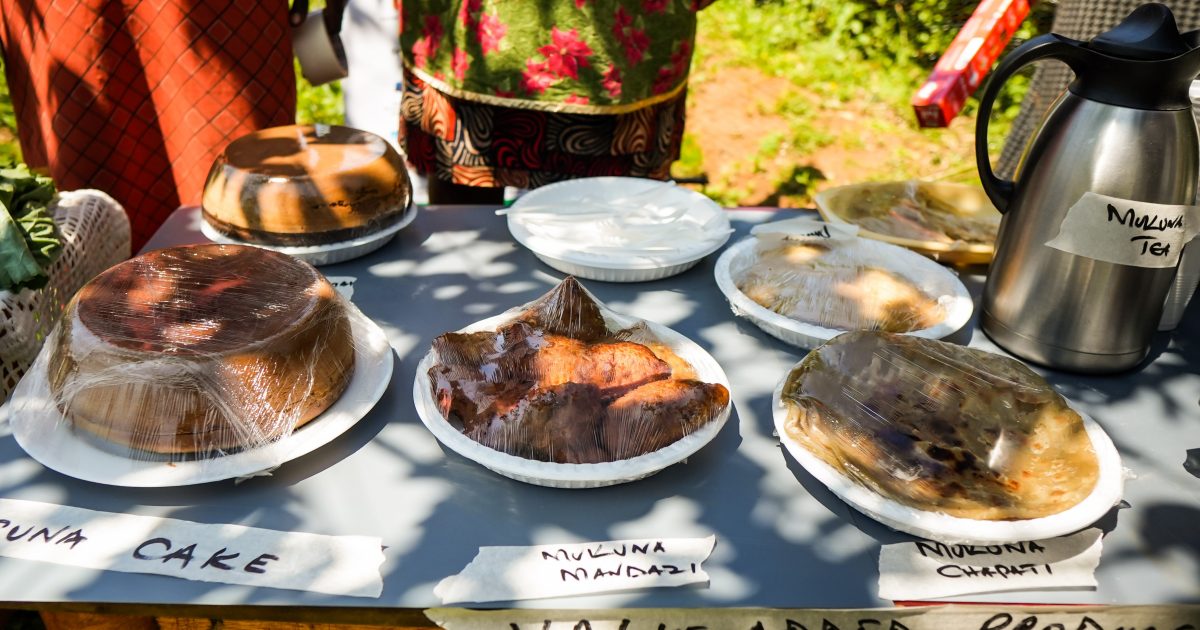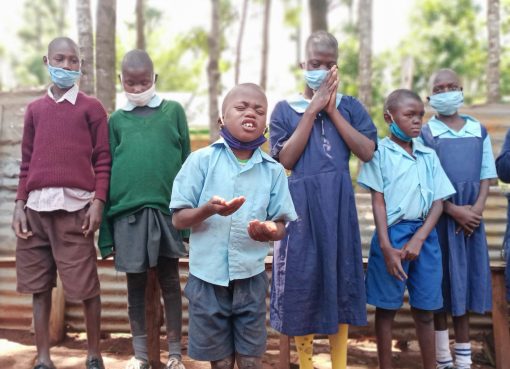Kenya has many types of legumes that are grown in various parts of the country but most are found in Western, Rift Valley and Eastern.
An important staple food commodity, the most common beans include rose coco, ‘mwitemania’, green beans as well as green grams, cowpeas and pigeon peas.
There are however other legumes that are unique and are not only used as cover crops to improve soil fertility, but are also used as human food and animal feed.
‘Mucuna,” also known as the “velvet bean” is one such legume that is grown primarily as a green manure and cover crop to improve soil fertility and is commonly used by farmers in Western Kenya region.
It comes in three varieties namely Mucuna molted, black and white and is a rich source of protein that compares well with other edible legumes such as lima bean and soybean in nutrient quality.
“This plant addresses soil erosion and infertility issues, it is utilized as an animal feed and used as human food through value addition,” says Flora Ajera, an advisor in charge of extension and training from the German Cooperation and who has been working with farmers from Butere on how to improve their soil health through sustainable land management practices.
She explained that GIZ has been promoting Mucuna farming as a nitrogen fixing legume that improves soil fertility for crop cultivation.
“We have trained farmers on how to plant ‘Mucuna’ to increase their crop yields but also promoted value addition products such as porridge, baked cakes or pancakes, chapati and even Mucuna stew through which households can benefit,” she added.
Ajera however warned that Mucuna cannot be consumed without processing as it contains L-Dopa which is poisonous but it has to be processed in various methods so that it is consumed.
“The processing of Mucuna requires sorting, soaking several times, boiling and cooling, removing the skin, then sun drying and roasting the beans until they turn brown. Then, one grinds the beans into the powder that is now used to make beverages, paste or even added into other foods to boost nutrition,” she said.
Ajera further noted that the health benefits of Mucuna cannot be overemphasized as they not only have anti-aging properties, manage blood sugar levels and help regulate blood pressure but they also support the body’s ability to handle depression and stress.
For Shivembe B’ farmers’ youth group in Butere, women have taken up the Mucuna legume not only as a cover crop but they have learnt of its importance especially as a rich source of protein and they have been promoting it through value addition and also going to barazas to talk to others on its importance.

“We are making money from ‘Mucuna’; we meet as a group and make cakes, porridge and also go out and promote the importance of the legume,” said Caroline Naliaka, one of the group members.
The group which comprises over 50 percent women have benefited with a Mucuna recipe cook book supported by GIZ pro soil programme project that has been running in three regions in western namely Bungoma, Kakamega and Siaya.
The western Kenya part of the country is characterized by high landscape diversity, farmers grow food crops such as maize and beans but the land is normally subjected to high cropping pressure with a lack of erosion control combined with improper fertilizer use resulting in massive losses of soil organic matter.
Farmers have also, due to shortage of extension, been forced to tend to their farms on their own with lack of knowledge and incentives to better protect their soils and thus the GIZ supported programme has seen most small sale farmers implement soil protection and rehabilitate most of their degraded soils.
By Wangari Ndirangu





